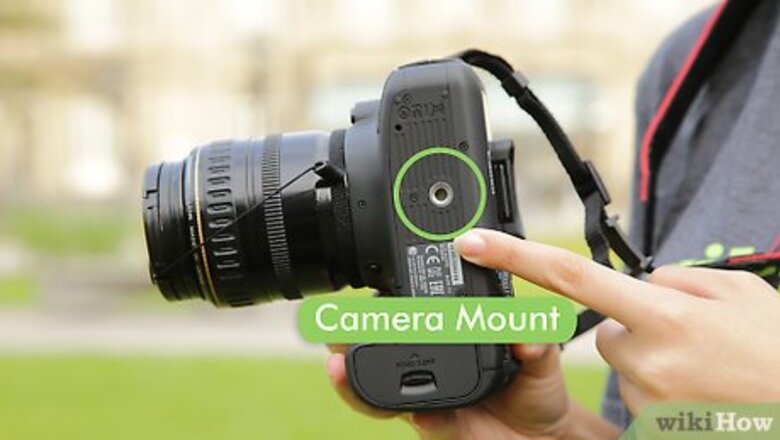
views
Preparing the Tripod
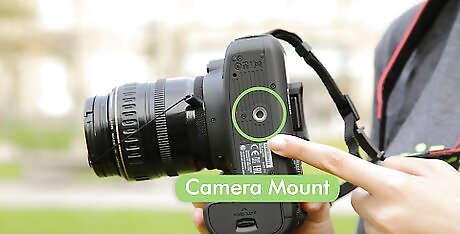
Check that your camera has a tripod mount. Most modern cameras are tripod-capable, but some smaller cameras are not. The tripod mount is a small hole with screw threads located on the bottom of the camera; it is usually about 1/4 inch in diameter. If your camera isn't tripod-capable, you will be unable to mount it to a tripod. Most small cameras of the "point and shoot" variety have 1/4-20 UNC threads. Some larger, professional cameras may have 3/8-16 UNC threads.
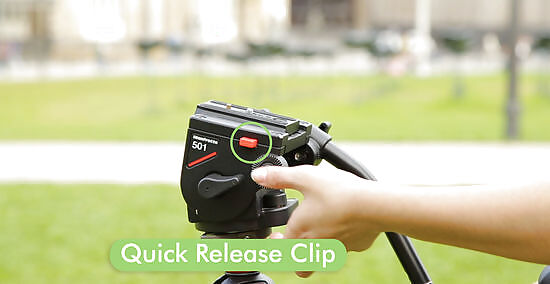
Remove the camera plate from your tripod. The camera plate is the piece that fixes the camera to the tripod. Look for a quick-release clip or lever that will unlock the camera plate from the main body of the tripod. There are many ways to connect a camera to the main body of your tripod. However, almost all tripods use a detachable camera plate to make it easier to mount your device. You don't technically need to detach the mount from the tripod. However, this step will make it much easier to screw the camera onto the tripod. Make sure that the plate on the tripod features the same size screw as your camera. Not every camera is compatible with every camera plate. You may be able to buy a new camera plate that fits both your camera and your tripod.

Level the tripod. Adjust the legs so that they stand stably on the ground. Release the tensioners on the legs, and raise them to the height that you need them. You can technically attach a camera to the tripod before you set up the tripod – but your camera will be safer if you set up the base first. If you extend the legs, check that they are securely locked in place before you mount the camera. Your tripod does not need to be absolutely level. It should, however, be balanced enough that the tilt isn't noticeable. Leveling is more important if you're taking panoramic shots and stitching multiple frames together into one image. Some tripods feature a built-in bubble level that helps you stabilize the rig. Otherwise, you can always buy or borrow a small level.
Mounting the Camera
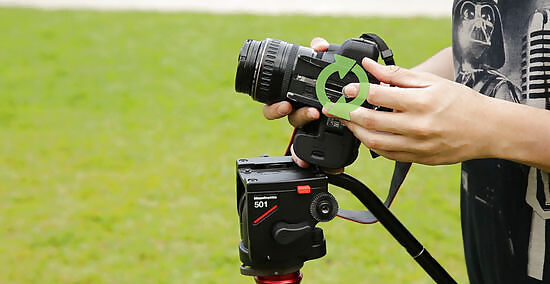
Screw the camera onto the tripod. The camera might screw directly onto the tripod; you might need to clamp it into place; and you might need to tighten screws to hold the camera steady. Look for a threaded hole in the bottom of the camera. If your camera screws directly onto the tripod, then the camera plate (tripod mount) should have a matching screw. Twist the pieces together until they are snugly joined. Some tripods will have a small screw-head on the underside of the plate. In this case, tighten the screw-head from the bottom of the plate instead of twisting the plate itself onto the camera. The connection should be snug, but not over-tight. Too-tight screws can put stress on the mounting system, which could in turn damage your camera or tripod.
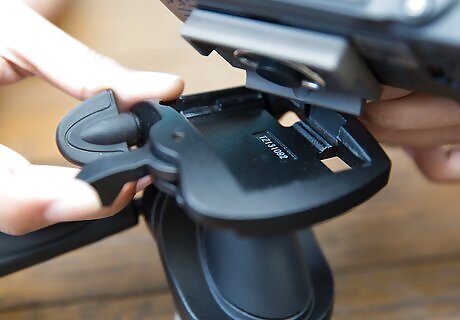
Clamp the camera to the tripod. Some tripod heads use a clamping mechanism rather than a simple screw. Some use a clamp to supplement the screw. Place the camera gently between the clamps, then find the tightening mechanism. You will likely need to tighten screws or twist knobs to make the clamps fit the camera. Adjust until the device is held securely in place.
Re-mount the camera plate to the tripod. If you removed the camera plate for an easier attaching job, make sure to re-attach it so that you can use the tripod. Pull back the quick-release lever, fit the mounted plate onto the tripod head, and release the lever. When in doubt: simply reverse the steps you took when you detached the camera plate from the tripod. David E. Elkins David E. Elkins, Cinematographer and Camera Assistant When mounting a camera to a tripod, first attach the quick release plate securely to the camera's tripod socket using the provided screws. Set the plate into the quick release clamp on the tripod head, with the knob positioned to the right. Tighten the clamp just enough to grip the plate firmly without overtightening.

Take your pictures! You should be able to swivel the camera on the tripod for pan shots, but you can always move the rig to a more convenient spot. Before you take any photos, look through the viewfinder to check that the lens is angled exactly how you want it. Make sure that the tripod is level and stable when you shoot.
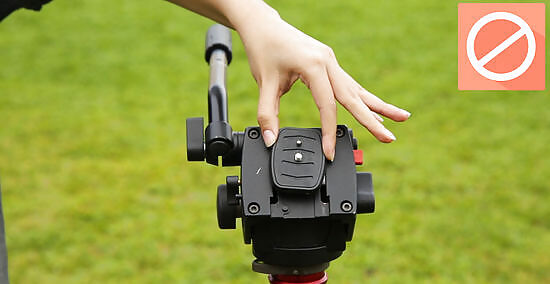
Make sure that you're using the right camera plate. Check that the camera plate you're trying to connect to your camera was designed to go with your tripod. If you’re having difficulty getting the plate to connect with the tripod, it may be because the plate and the tripod don’t go together. Most manufacturers have their own connection system. You won't be able to mount a camera plate to a tripod if they weren't designed to work together.
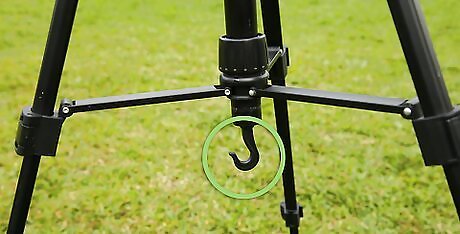
Hang your camera bag from the center column of the tripod. If you're still having trouble getting a clear picture on unsteady ground, try hanging your camera bag—or any object of comparable mass—from the center column. This should make your tripod more stable, and it should help minimize the shakes.
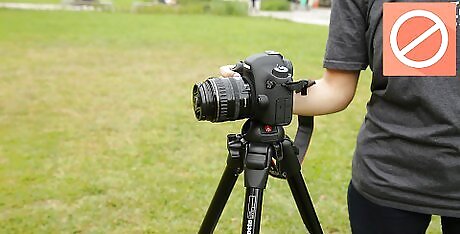
Don't attach the camera directly to the legs. Most professional-grade tripods are sold with the legs and tripod head packaged separately. This allows photographers to mix and match exactly the gear they're looking for. If there is no way to move the camera around on the top of the tripod, then you'll need to work around it. Consider getting a tripod head.
















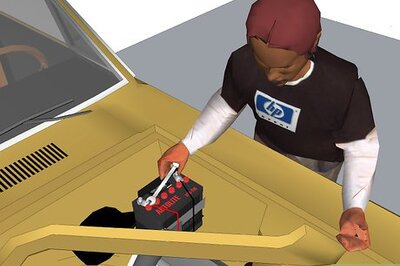

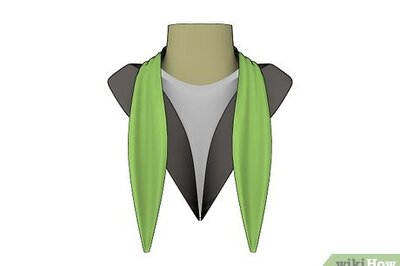

Comments
0 comment